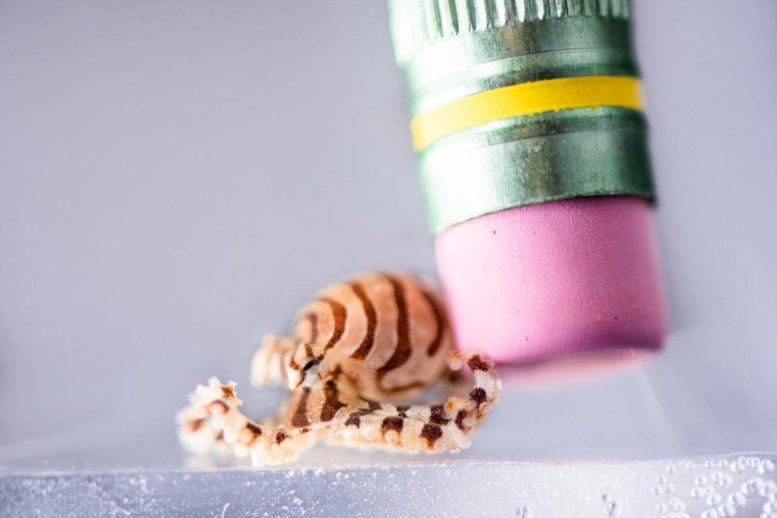
A pygmy zebra octopus hatchling in the Cephalopod Mariculture Lab at the Marine Biological Laboratory, Woods Hole. These octopuses are about the size of a grain of rice when they hatch. They reach full size (about the size of a table grape) within six months. Credit: Tim Briggs
For generations, scientists have relied on a handful of organisms to study the fundamentals of biology. The usual suspects—fruit flies, zebrafish, and mice, among others—all have short lifespans, small body size, can be bred through multiple generations in the laboratory, and have been developed for genetic investigations. These research organisms leave out a whole swath of biological diversity and scientists have lacked access to a cultured octopus laboratory organism—until now. Introducing the pygmy zebra octopus (O. chierchiae).
In a new paper published in the journal Frontiers in Marine Science, researchers from the Marine Biological Laboratory (MBL) introduce scientists to successful culturing methods for O. chierchiae that were developed at the MBL.
“The pygmy zebra octopus has certain biological features that make them attractive and more appropriate for laboratory research, compared to other octopuses,” says Bret Grasse, MBL’s manager of Cephalopod Operations and co-author on the paper.
Also known as the “lesser Pacific striped octopus,” the pygmy zebra octopus shares many useful similarities with other research organisms—such as small adult body size—but it also has unique features that distinguish it from other cephalopods (the group of animals that include octopus, squid, and cuttlefish).
“The majority of octopuses are ‘live fast, die young.’ They breed once and then immediately start to senesce and age and then die relatively quickly,” says Anik Grearson, former MBL intern and co-lead author on the paper. Unlike other octopus species, a female O. chierchiae lays several clutches of 30-90 eggs over her reproductive period.
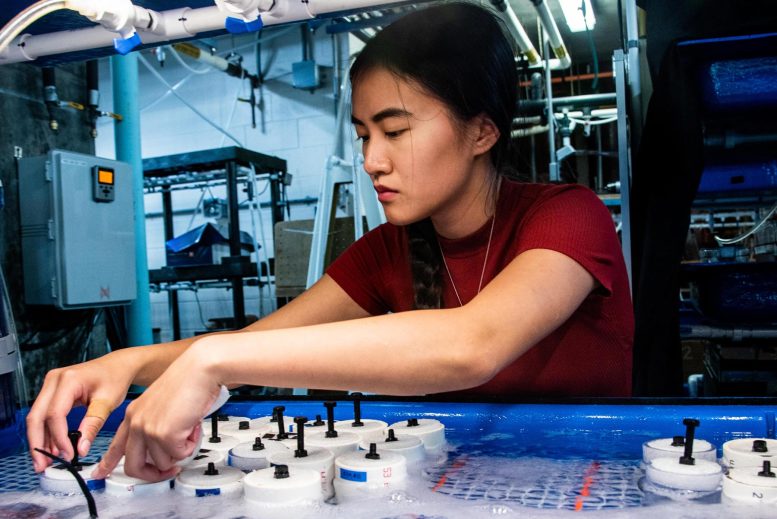
Anik Grearson, co-lead author on the paper, leans over a tank in the Cephalopod Mariculture Lab at the Marine Biological Laboratory, Woods Hole. Credit: Marine Biological Laboratory
“We can mate them and know exactly when they’ll lay their eggs. We know exactly how long they’ll incubate and we can raise offspring at a relatively high survivorship rate compared to other octopuses,” says Grasse. Add that to its small size, sexual dimorphism, and predictable breeding schedule and it’s easy to see why O. chierchiae is an ideal candidate for further exploration and research.
Reference: “The Lesser Pacific Striped Octopus, Octopus chierchiae: An Emerging Laboratory Model” by Anik G. Grearson, Alison Dugan, Taylor Sakmar, Dominic M. Sivitilli, David H. Gire, Roy L. Caldwell, Cristopher M. Niell, Gül Dölen, Z. Yan Wang and Bret Grasse, 13 December 2021, Frontiers in Marine Science.
DOI: 10.3389/fmars.2021.753483

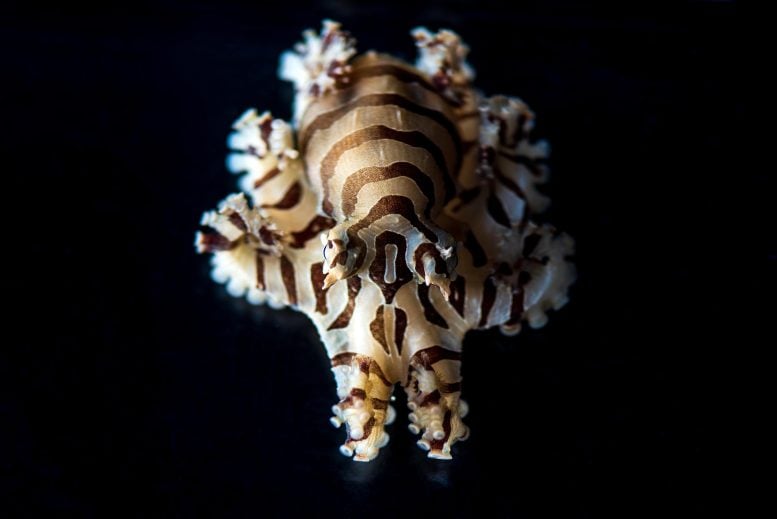
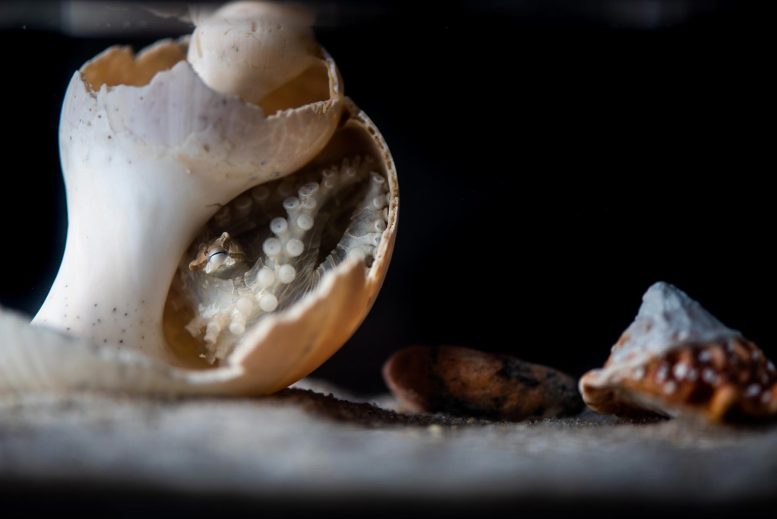
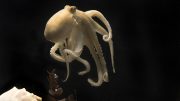
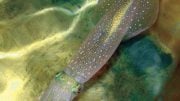
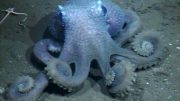



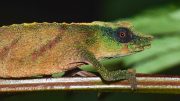
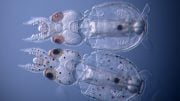
Octopi are sentient. They need to be treated with a level of respect. Sadly, that rarely is any concern of researchers. To them animals are “equipment” and whether what they are doing is humane, moral, or ethical is not a question of any interest to them. Octopi are intelligent, curious, sensitive, emotional animals. They dream, they solve puzzles,they have different moods. They are by nature solitary except when mating and require an environment with interesting features they can explore and work with. They are predators who use a lot of skill in their hunting (for example mimicking other animals). To put large numbers of them together in a barren tank in close quarters with each other is completely out of alignment with their species normal behavior. But of course it’s too much to ask that researchers refrain from captive breeding and confinement and exploitation of this species, as they already experiment on cats, dogs, owls, mice, rats, primates, guinea pigs, and others, in horrendous ways causing great suffering (induced diseases, amputations, removing eyes to create blindness, brain probes and removal of parts to purposefully damage the brain, psychological torture, etc). Ethical scientists and doctors are moving away from animal research as it’s not ethically acceptable and not even the closest species to humans is close enough to have relevant results. Laws are being passed against certain methods of octopus harvesting, raising and dispatching since the data has been confirmed how sentient they are, these plans to tank raise them devoid of quality of life to live a stressful, most likely painful life as captive torture subjects are going in the opposite direction. http://www.pcrm.org
I agree. It hurts my heart that yet another unfortunate animal will be used in “research”. Humans suck
I second the statement:Octopi are sentient beings. We should not eat them or experiment with them.